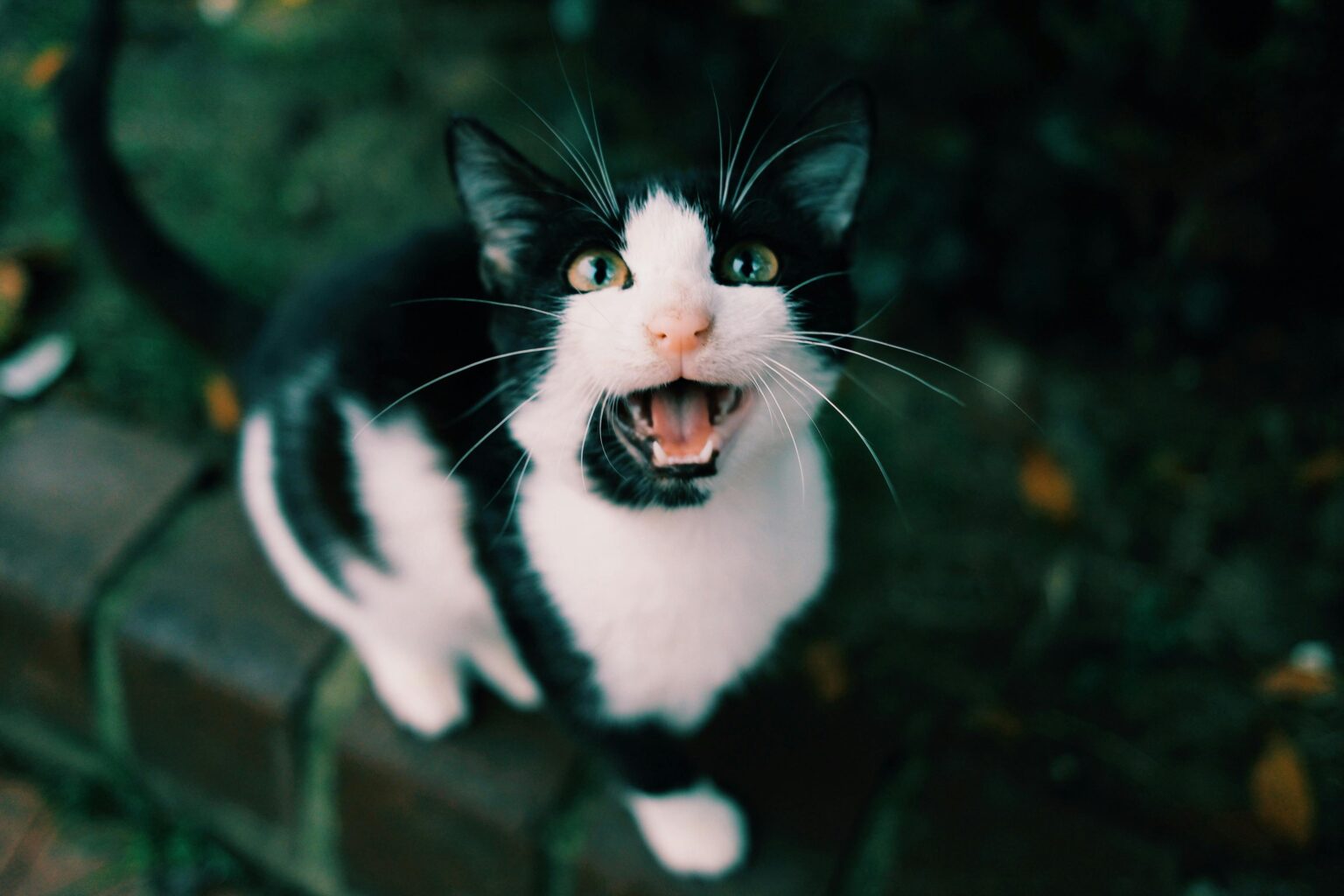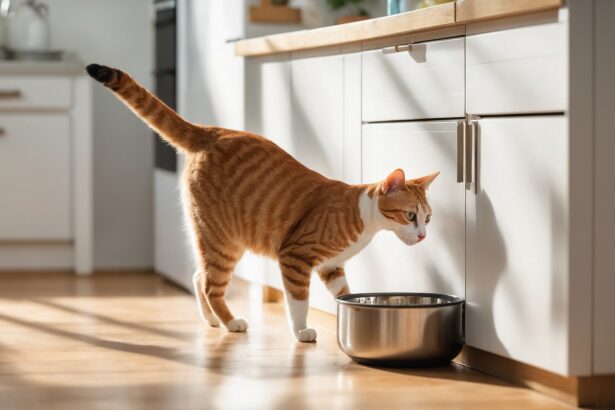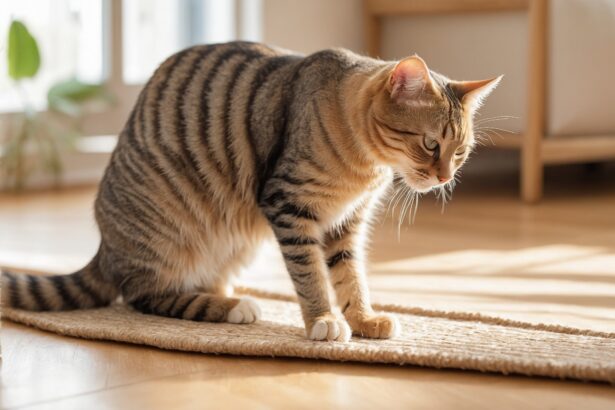If you’ve ever paused mid-coffee because your cat let out a very specific “mrrrow,” you’re in good company. Meows are tiny messages, and once you learn to read them, everyday life with your feline becomes delightfully clearer. Ready to decode?
- Why cats meow: the most common reasons
- “Notice me!” attention meows
- Hunger or thirst
- Discomfort, stress, or pain
- Nighttime vocalizations
- Hormones and mating behavior
- Types of meows and what they often mean
- Beyond the meow: the rest of feline communication
- How to respond to meowing without creating bad habits
- Pro tips to strengthen your bond
- FAQ
Why cats meow: the most common reasons
“Notice me!” attention meows
Some meows simply mean, “I’m here, thank you.” Cats ask for playtime, a cuddle, or just your presence. Short, chirpy mews at the door or when you sit down are classic “Hey, you!” signals.
Fun fact: adult cats rarely meow to each other. They mainly reserve meows for… us. Yes, you’re special.
Hunger or thirst
Morning concerts by the food bowl? Familiar. A clear, repetitive meow can mean, “Top up, please.” Scheduled meals and a fresh water fountain can calm the chorus. For balanced routines and portions, you’ll love our guide to feeding your cat.
Discomfort, stress, or pain
Sudden changes in meowing—more frequent, louder, or lower—can be a red flag. Watch for other clues: hiding, reduced grooming, or litter box changes. When in doubt, call your vet.
Nighttime vocalizations
Some cats are more chatty when the house is quiet. Boredom, unchanged litter, or a disrupted routine can be to blame. If your cat is extra vocal after dark, this deep dive on why cats meow at night can help you pinpoint the cause.
Hormones and mating behavior
Unneutered males may yowl when they sense a female in heat; females in heat can vocalize loudly too. Neutering or spaying often reduces these calls dramatically and brings peace back to the household.
Types of meows and what they often mean
Short, bright meows
Think of these like friendly pings: “Hi, you’re back!” or “Open this door?” Often upbeat, sometimes doubled for emphasis.
Long, drawn-out meows
These can signal frustration or a strong request: “This door is closed,” or “The litter isn’t up to my standards.” The tone is melodic but persistent.
Low, deep meows or yowls
These carry weight—discomfort, fear, or territorial tension. If you hear them during cat-to-cat standoffs, separate and de-escalate.
Trills and chirps
Trills are social and sweet—often used as greetings or to invite you to follow. Many cats “trill-run” towards something they want to show you. Adorable, right?
Beyond the meow: the rest of feline communication
Purring (not always happy!)
Purring often means contentment, but some cats purr to self-soothe when stressed or unwell. Context is everything. Curious about the many shades of this sound? Explore why cats purr.
Hissing and growling
These are clear “back off” signals. Give space, reduce triggers, and never force interaction. Your cat will recover faster when control returns to her paws.
Body language: the tail tells all
A tail held high? Confident. A puffed tail? Startled. A twitching tip while watching birds? Focused. Get fluent with this guide to tail language.
How to respond to meowing without creating bad habits
A practical, gentle method
Try this: wait for a brief 2–3 seconds of silence, then reward with what your cat wants (door opening, treat, cuddle). You’re teaching, “Quiet works better,” without scolding. It’s simple and surprisingly effective.
- Keep mealtimes regular so food meows don’t spiral.
- Use puzzle feeders to channel energy and occupy curious whiskers.
- Refresh water daily; many cats prefer moving water.
The common mistake to avoid
Don’t reward meowing on cue. If you hand over food every time your cat cries, you’re training her to be louder tomorrow. Reward calm moments instead—your sleep (and neighbors) will thank you.
When to call the vet
Book a check-up if meowing appears out of the blue, your older cat meows at night, or you notice weight loss, changes in appetite, vomiting, or litter box issues. Pain and thyroid problems can both cause vocal shifts.
Pro tips to strengthen your bond
- Build a “meow dictionary”: jot down what different meows look like (pitch, length) and what solved them. Patterns appear fast.
- Offer multiple “yes” spots: window perches, cozy beds, and scratchers in key rooms reduce frustration meows.
- Play therapist: two 5–10 minute play sessions daily can dramatically lower boredom meowing.
Still decoding your cat’s nightly chatter or early-bird arias? Pair sound cues with body language and routine tweaks—you’ll be amazed how quickly your duet finds its rhythm.
And if you’re craving more feline whispers and wiggles, our deep dives on sound and body signals, from purrs to tails, round out the picture so you can respond with confidence and kindness.
FAQ
Why does a cat meow so much all of a sudden?
Sudden changes can signal stress, pain, or a medical issue. Rule out hunger, litter problems, and boredom first; then call your vet if it persists.
Why does my cat meow at night?
Common reasons include pent-up energy, attention-seeking, or routine disruptions. Enrich evenings with play and check litter/water before bed. See more on meowing at night.
How can I stop attention meowing without being harsh?
Reward silence: wait for a brief quiet pause, then give what she wants. Add consistent routines and enrichment to reduce the need to ask.
Do certain meows mean pain?
Yes—low, intense, or new meows can be pain-related, especially if paired with hiding, decreased grooming, or litter changes. Contact your vet promptly.








